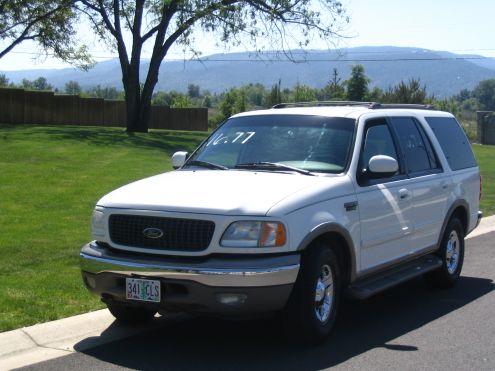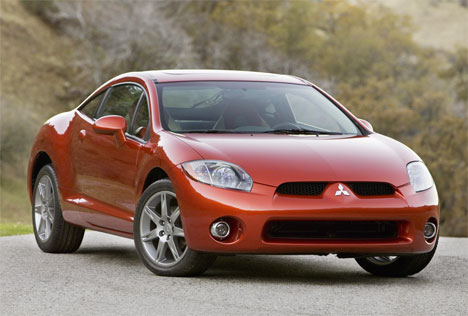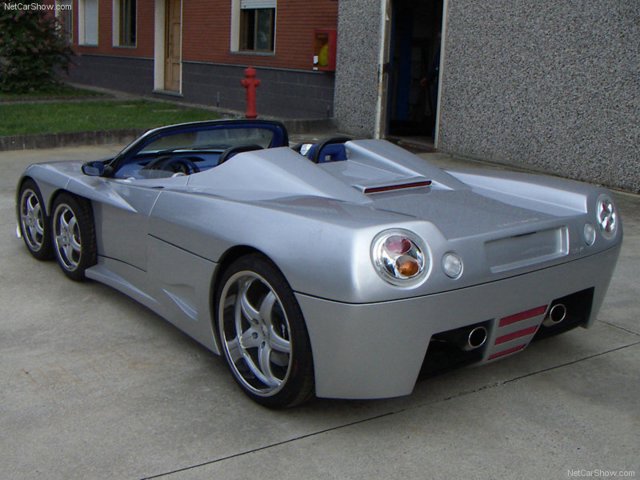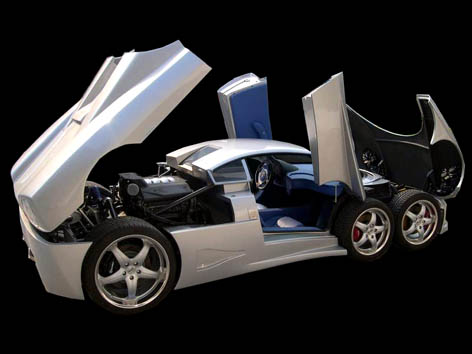Ford Expedition is a full-sized sport utility vehicle from Ford Motor Company, first introduced in the year 1997.
It was released as a replacement model to Ford Bronco, and it slots between larger Ford Excursion and smaller Ford Explorer SUVs.
Ford has its current assembly plant at Louisville, Kentucky.
First Generation The initial Ford Expedition was released to fill the gap left by Bronco from Ford. Expedition model released in this generation had the seating capacity to accommodate up to 9-passengers and maximum towing capacity of 8,000 lbs.
The engine choices included 4.6 liter V8 that produced up to 215 hp and 5.4 liter Triton V8 that delivered 230 hp of power. The Ford Expedition model was slightly redesigned for 2000, gaining new Gentex Auto dimming electro chromatic rear view mirrors.
Also new for 2000 were optional front seat impact air bags and rear park distance sensors.
Second Generation The Ford Expedition model was redesigned in the model year 2003, which shared the Ford U platform and it had the maximum towing capacity of 8,300 lbs. The rear suspension and axle were replaced by independent suspension system to provide more comfortable ride.
The standard engine available in the first generation, 4.6 liter V8 version was dropped in 2005, while the 5.4 liter V8 was the only available powertrain during this period that comes mated to 4-speed automatic transmission. The key features that attract potential customers towards the Ford Expedition are its passenger and cargo room, visibility and trailer towing capability. Major competitors to the model were Toyota Sequoia, GMC Denali and Chevrolet Suburban and Tahoe.
The exterior dimensions of the Ford expedition were changed for second generation. It had the wheel base of 119.0 inches, length of 205.8 inches, width of 78.7 inches and height of 77.6 inches. It had the curb weight of 5499 lbs.
Third GenerationThe Ford Expedition was redesigned again in the model year 2007, gaining more powerful engine and few new features. It also provides more rigidity than the previous version. The notable features in the model include trailer towing capability and passenger and Cargo room. On the other hand, it has low fuel economy rates than the other models in its class.
For 2009, it is offered in two trim versions, regular and EL. The EL SUV is 15 inches longer in overall length and 12 inches longer in wheel base.
The standard engine to the Ford Expedition is a 5.4 liter V8 version that delivers 310 hp of power and it comes mated to 6-speed automatic transmission. Major competitors to the model include GMC Yukon, Chevrolet Tahoe and Chevrolet Suburban.
The new Ford Expedition looks trendier, and more robust too.

Ford Expedition

Ford Expedition

Ford Expedition

Ford Expedition

Ford Expedition

Ford Expedition

Ford Expedition
 Mitsubishi Eclipse
Mitsubishi Eclipse Mitsubishi Eclipse
Mitsubishi Eclipse Mitsubishi Eclipse
Mitsubishi Eclipse Mitsubishi Eclipse
Mitsubishi Eclipse Mitsubishi Eclipse
Mitsubishi Eclipse Mitsubishi Eclipse
Mitsubishi Eclipse Mitsubishi Eclipse
Mitsubishi Eclipse
 Mitsubishi Eclipse
Mitsubishi Eclipse Mitsubishi Eclipse
Mitsubishi Eclipse Mitsubishi Eclipse
Mitsubishi Eclipse Mitsubishi Eclipse
Mitsubishi Eclipse Mitsubishi Eclipse
Mitsubishi Eclipse Mitsubishi Eclipse
Mitsubishi Eclipse Mitsubishi Eclipse
Mitsubishi Eclipse
 Ford Expedition
Ford Expedition Ford Expedition
Ford Expedition Ford Expedition
Ford Expedition Ford Expedition
Ford Expedition Ford Expedition
Ford Expedition Ford Expedition
Ford Expedition
 Covini C6W – is an Italian 2-seat, 2-door sports coupé with a removable roof section. Inspiration for the car was taken from the 1976 Tyrrell P34, which had two pairs of smaller front wheels, a principle applied to the C6W.
Covini C6W – is an Italian 2-seat, 2-door sports coupé with a removable roof section. Inspiration for the car was taken from the 1976 Tyrrell P34, which had two pairs of smaller front wheels, a principle applied to the C6W. Covini C6W Background
Covini C6W Background Covini C6W Gallery
Covini C6W Gallery Covini C6W showroom
Covini C6W showroom Covini C6W Pics
Covini C6W Pics Covini C6W wallpaper
Covini C6W wallpaper Covini C6W image
Covini C6W image